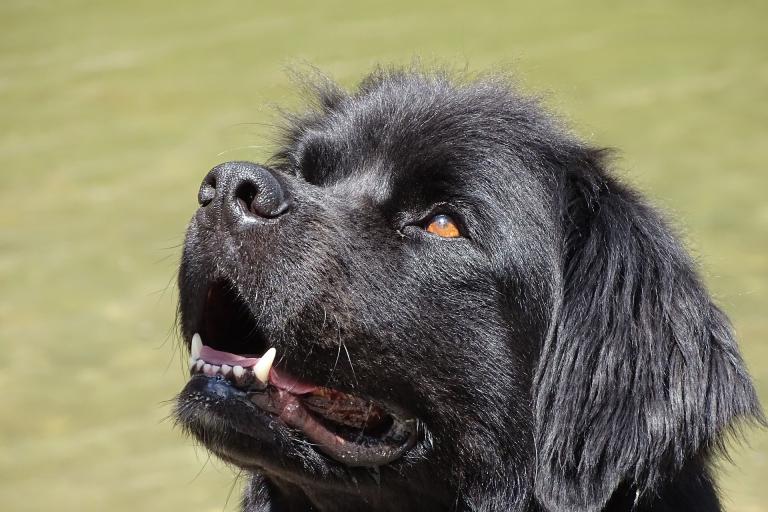Cystinuria type IA (Cys1A Newfoundland Dog)
Cystinuria type 1A is a metabolic disease in which the kidneys cannot absorb certain amino acids. An excess of poorly soluble cystine leads to increased urinary stone formation. The urinary calculi can lead to blockage of the urinary tract and ultimately to cystitis.
The disease occurs in the Newfoundland dog and is caused by a mutation, change of one base pair (c.586C>T), in the SLC3A1 gene. The inheritance is autosomal recessive.
Genetic Test: available in Shop
Symptoms
- Increased urinary calculi formation
- Blockage of the urinary tract
- Inflammation of the bladder
- Blood in the urine
- Renal colic
- Kidney failure
General Information
- Cystinuria type 1-A is a metabolic disease in which amino acid transport is disturbed or the kidneys cannot absorb certain amino acids.
- The concentration of the amino acids cystine, ornithine, lysine and arginine ('COLA' amino acids) increases in the urine.
- An excess of poorly soluble cystine leads to increased urinary calculi formation.
- Due to the different anatomy of male and female animals, male dogs are more likely to have cystinuria.
Test Information
This mutation test detects the change of one single base pair (c.586C>T) in exon 2 in the SLC3A1 gene.
Test in Shop
Genotype and Lab Report
Inheritance: autosomal recessive
→ The disease only occurs when both alleles of the gene are affected by the mutation (cys1a/cys1a). Dogs that have only one allele with the causative mutation (N/cys1a) are clinically healthy carriers.
Genotypes:
N/N = genetically normal
The dog has no variants for Cystinuria type 1A and thus cannot pass it on to offspring.
N/cys1a = a carrier
The dog is a clinically healthy carrier. The variation is passed on 50% to the offspring, which are also carriers.
cys1a/cys1a = affected
The variation will be passed on to 100% to the offspring. The offspring are carriers or affected.
Recommendations
- Carrier animals can be bred to normal animals (N/cys1a x N/N). Before using the offspring in breeding, it should be tested whether they are normal or carriers.
- Mating two carrier animals (N/cys1a x N/cys1a ) should be avoided because there is a 25% chance that the offspring will be affected.
- Affected animals (cys1a/cys1a ) should be excluded from breeding.
Literature
Henthorn, P.S., Liu, J.L., Gidalevich, T., Fang, J.K., Casal, M.L., Patterson, D.F., Giger, U.: Canine cystinuria: polymorphism in the canine SLC3A1 gene and identification of a nonsense mutation in cystinuric Newfoundland dogs. Human Genetics 107:295-303, 2000. Pubmed reference: 11129328.
Further information is available at: Online Mendelian Inheritance in Animals.

